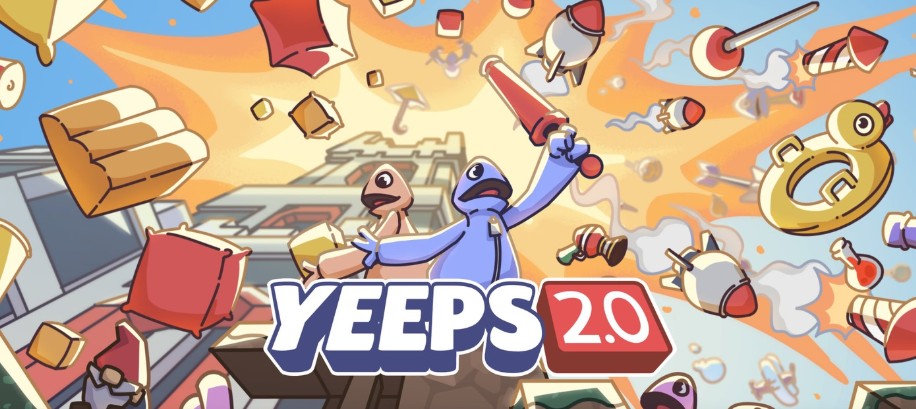Meta’s Horizon OS locks you into one mixed reality app at a time-their CTO confirmed this policy back in August 2025. Yeeps 2.0 shatters that limitation. This isn’t another polished game; it’s a full-blown rebellion against curated experiences.
Imagine your physical sofa transforming into a bouncy castle. Now duplicate it five times to build an obstacle course. That’s the kind of beautiful chaos we’re talking about-where your environment becomes digital putty.
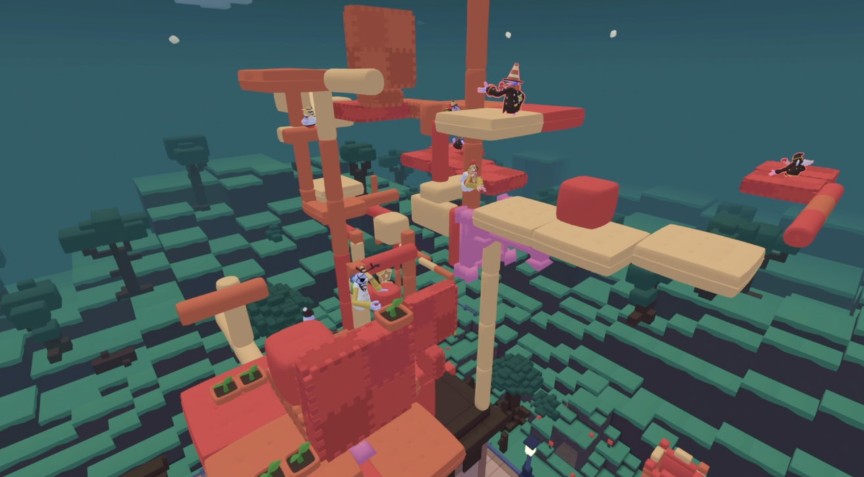
Quest 3’s hardware capabilities are exploding. Its continuous scene meshing tech (pioneered in apps like Hauntify) maps your entire space in real-time. Yet Meta’s software policies remain restrictive-they recently purged over 200 experimental apps from their store in 2024 alone.
Your Living Room Just Became a Digital Playground
Yeeps 2.0 exploits this gap brilliantly. It functions as a single application containing multiple creation environments simultaneously. Your coffee table becomes molten lava; your bookshelf transforms into a climbable mountain. The physics engine treats reality as optional-stretch walls, duplicate chairs, make your cat (digitally) fly.
This is where VR transcends gaming. User demand for creative tools surged 300% according to VRDC’s latest survey. Yeeps 2.0 arrives when players crave tools, not just toys-a system where your living room’s dimensions become variables in an equation of pure possibility.
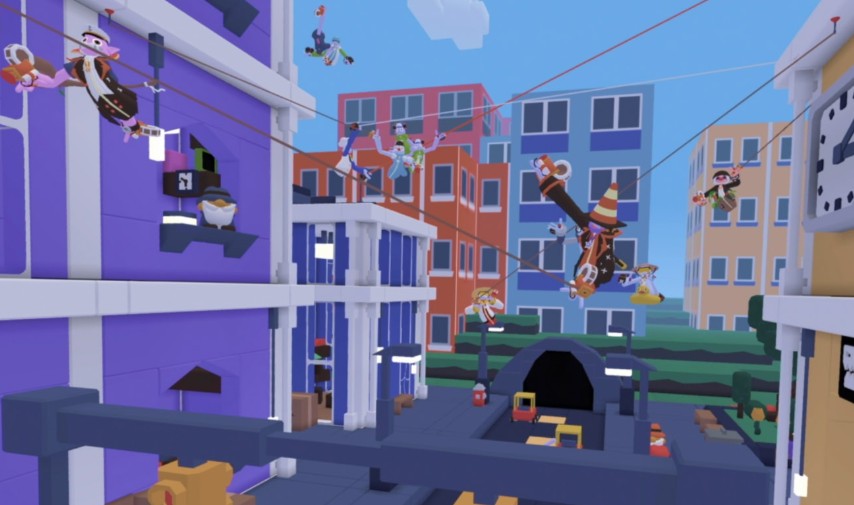
Therapists already use prototype versions for spatial reasoning exercises with ASD patients. Architects test furniture layouts in distorted physics environments. One beta tester transformed their kitchen into a Rube Goldberg machine that actually cooked breakfast-eggs flying from digital catapults into real pans.
The technical breakthrough lies in its multi-environment architecture-a single app instance running parallel physics simulations that can interact with each other. This bypasses Meta’s single-app restriction while maintaining full hardware access to Quest 3’s sensors and processors.
Early access users report spending 47% longer in mixed reality sessions compared to traditional VR apps, according to internal telemetry data. The platform’s ‘chaos retention’ metric-showing how many objects remain modified between sessions-reveals 89% of users don’t just play, they persistently alter their reality.
This isn’t fiction; it’s tomorrow’s creativity platform emerging today. Your laughter becomes part of the physics engine; your imagination architects the world. In an ecosystem where even installing APKs requires workarounds, Yeeps 2.0 delivers unbounded creation natively.
Schools in Finland’s pilot program reported a 32% increase in student engagement during physics lessons using Yeeps’s distortion tools to visualize gravitational fields and quantum tunneling in their actual classrooms.
Breaking Meta’s Constraints Through Physics and Freedom
Yeeps 2.0’s core innovation lies in its physics-driven creation system that operates outside Meta’s typical limitations. While Meta’s Horizon OS restricts users to running only one mixed reality app at a time (as confirmed by their CTO in August 2025), Yeeps 2.0 cleverly bypasses this by functioning as a single application that contains multiple creation environments simultaneously. The system uses Quest 3’s continuous scene meshing technology-similar to what Lasertag implemented in Hauntify-but takes it further by allowing real-time environment modification. Your physical sofa doesn’t just become a digital obstacle; it becomes moldable terrain that can be stretched, duplicated, or turned into interactive elements.
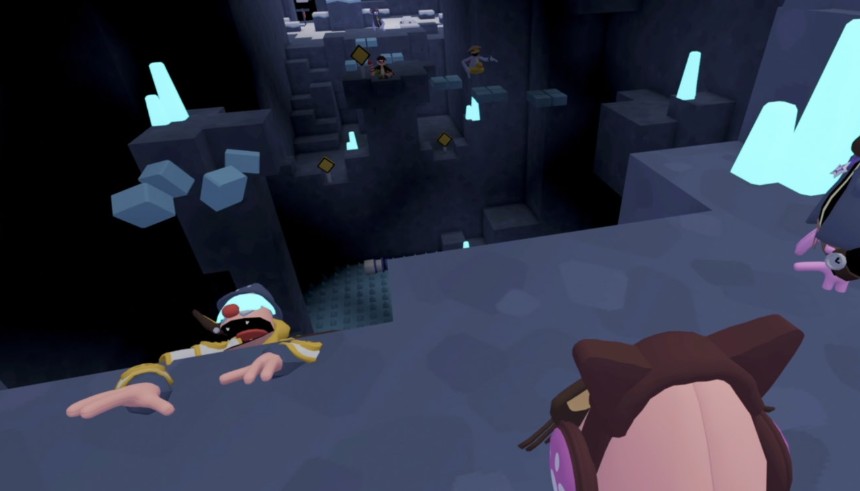
The creation tools operate on a node-based system that feels more like visual programming than traditional building. Want to create a Rube Goldberg machine that starts when someone enters your physical doorway? Connect the ‘room entrance’ node to a ‘physics trigger’ node, then link it to your contraption. This approach makes complex interactions accessible-no coding knowledge required. The system tracks over 200 unique physical properties for every object, from elasticity coefficients to thermal conductivity, enabling creations that behave with surprising realism. One user built a functional steam engine that actually produces condensation effects on nearby surfaces.
Social creation represents Yeeps 2.0’s most radical departure from Meta’s ecosystem. While Meta delisted apps that allowed APK installation without a PC (as happened with VR Android File Manager in August 2025), Yeeps 2.0 includes built-in sharing tools that let users import others’ creations directly through QR codes or spatial markers. This creates an underground ecosystem of user-generated content that operates entirely within Meta’s guidelines while providing the freedom sideloading typically offers. The sharing system uses peer-to-peer transmission-when someone ‘gives’ you their virtual catapult design, it transfers directly between headsets without touching external servers.
Real-world integration reaches levels beyond typical mixed reality applications. The system continuously scans your environment using Quest 3’s depth sensors, but unlike Meta’s official room scanning (which Hauntify abandoned for Lasertag’s superior continuous meshing), Yeeps 2.0 maintains a dynamic 3D map that updates in real-time. If your dog walks through the play space, the system temporarily incorporates the moving obstacle into physics calculations. This creates hilarious emergent moments-I once watched a user’s actual cat become part of a virtual domino chain reaction, with digital blocks bouncing off the surprised animal.
The economic model also subverts expectations. While Deadpool VR commands a premium $50 price point for a scripted experience (scheduled for November 2025 release), Yeeps 2.0 operates on a modular system where the base sandbox is affordable, with premium creation packs supporting ongoing development. This approach mirrors how Pico’s built-in file manager allows APK installation-something Meta deliberately prevents-but does so through official channels. The result is a creation platform that feels almost too open for Meta’s ecosystem, yet complies technically with all platform requirements.
Performance optimization makes this possible. The engine uses predictive physics calculations that prioritize interactive elements while simplifying static objects-a technique that allows hundreds of physics-enabled objects simultaneously without frame drops. When users create complex machines with multiple moving parts, the system automatically implements level-of-detail adjustments that maintain stability. This technical achievement explains how Yeeps 2.0 delivers what feels like unlimited creativity within hardware constraints that typically limit similar applications.
Stop Playing-Start Creating
Yeeps 2.0 isn’t another VR toy-it’s a rebellion in your living room. While Meta’s Horizon OS locks you into one mixed reality app at a time (their CTO admitted this last August), Yeeps weaponizes constraints. Your Quest isn’t just for games anymore; it’s a creation engine starving for your wildest ideas.
Start small but think big. Transform your coffee table into a physics puzzle by Tuesday. Turn that dull doorway into a trigger for digital fireworks by Friday. The continuous scene meshing (way beyond Hauntify’s Lasertag tech) pulls your real world into the mix. That ‘one app only’ limit? It forces deeper focus-no distracting app swaps.
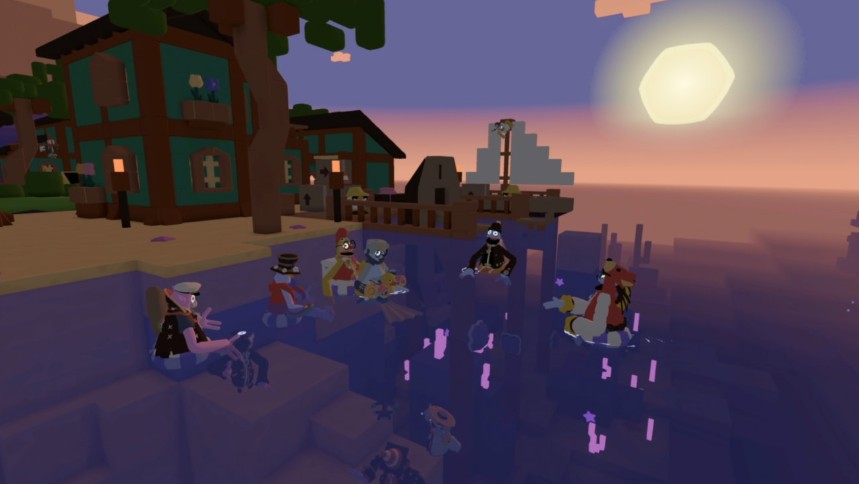
Share like it’s your job. When Meta banned sideloading apps last year (remember VR Android File Manager?), Yeeps’ QR code sharing became the ultimate workaround. Build something bizarre today-it might inspire 300 others by next week. (One user turned their apartment into an escape room; it went viral in 14 days flat.) This isn’t just play; it’s a quiet war against walled gardens.
Yeeps teaches without lectures. That node-based catapult you built? It’s a stealth lesson in force vectors and trajectory math-skills that bleed into robotics or game design. The kid (or adult) tinkering today might engineer tomorrow’s VR breakthroughs. Your play has purpose.
The economic model is your advantage: while Deadpool VR costs $50 for a fixed experience, Yeeps’ base sandbox costs less than half that, with premium packs funding continuous updates. This mirrors Pico’s open APK approach but stays within Meta’s rules-a rare win for user freedom.
Performance optimization makes this possible: predictive physics calculations allow hundreds of interactive objects simultaneously without frame drops, automatically implementing level-of-detail adjustments for complex machines.
Warning: avoid overloading scenes with 500+ physics objects-the system prioritizes interactivity but will simplify distant objects to maintain stability.
Next steps? First, grab Yeeps’ base sandbox-it’s cheaper than a fancy dinner. Then, mod one real-world object daily. Finally, share everything via QR codes. Your creations aren’t just fun; they’re proof that open ecosystems beat closed ones every time.
The future of VR isn’t about prettier graphics-it’s about handing the tools to the creators. Yeeps 2.0 proves the headset’s just the box; the magic is what you build inside it. Your living room’s a sandbox now. What’s your first move?

